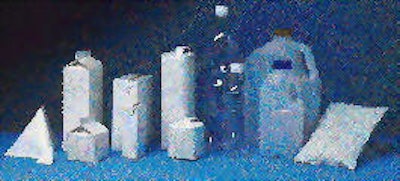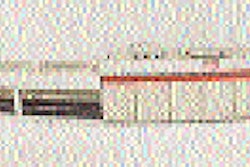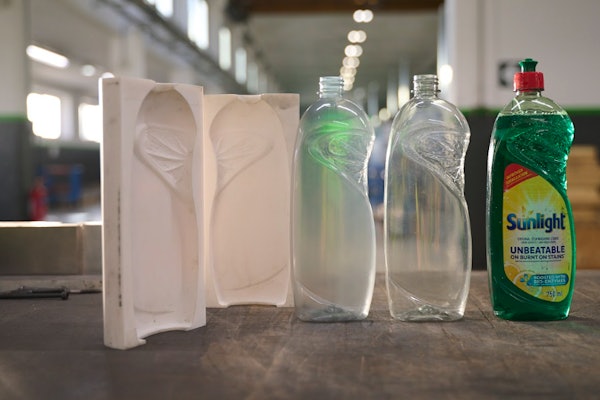
And expanding into new packaging arenas is just what Tetra Pak International AB (Lund, Sweden) is doing. The company, which built its formidable global reputation on paper-based aseptic liquid food packaging systems, is now moving into the field of plastics packaging systems; that is, it will develop, and sell converted materials and design and market the equipment to convert the materials into finished plastic packages.
In preparation for its expansion into flexible and rigid plastic packaging systems, back in September the company quietly reorganized itself into three divisions, adding a Plastics Packaging Systems operation to its Fibre Packaging Systems and Processing Systems divisions.
The inclusion of the word "Systems" in the titles of its three divisions is no mere semantic ploy. Rather, it emphasizes a key aspect of Tetra Pak's mission to approach processing and packaging customers around the world, offering them "everything they need from a single source, with matching equipment at every stage." The restructured Tetra Pak will operate as "the only international company in the world able to provide integrated processing, packaging, and distribution line and plant solutions for liquid foods."
While the major thrust of Tetra Pak's reorganization is aimed at putting the company in the plastics packaging arena, Tetra Pak may also be trying to create an entirely new manufacturing equipment category: integrated processing/packaging systems. The company has developed and is now testing its first such system, a single unit on which are combined both a pasteurizer and an aseptic filler. It's a small, flexible unit meant to be used for short runs, product launches and such. Other systems integrating processing and paper or plastics packaging are on the drawing board.
From its inception in 1951, Tetra Pak's systems approach to the packaging of liquid foods has set the firm apart from-and ahead of-most of its competition. And it doesn't plan to abandon that successful philosophy now. In approaching the plastics packaging field, Tetra Pak is already marketing a broader array of plastic packaging technology than most traditional plastics packaging providers. The diverse line-up reflects Tetra Pak's willingness and ability to get into the business by (A) developing unique products, (B) acquiring companies with marketable products, and (C) partnering with others to accelerate its entry into plastics packaging. The Tetra Pak plastics packaging line-up already includes:
* A thermoformed polypropylene bottle, called Tetra Max. The bottle, currently being test marketed for milk by an English food chain, is made from a mineral-filled polypropylene sheet Tetra Pak developed, called TPRX. Tetra Pak has set up a plant in Holland to produce TPRX on a commercial basis. Bottle production, filling, capping, labeling and distribution systems are all part of Tetra Pak's offering.
* The development of coextruded flexible films and pouching systems for milk and beverage packaging. The company's advanced milk pouching system is popular in sophisticated markets like Switzerland, but it's more than many emerging markets currently need. Rather than walk away from those markets, Tetra Pak formed a joint venture with Nichrome Metal Works PVT Ltd. (Pune, India) to market Nichrome's basic pouching system in Asia, Eastern Europe and other emerging markets.
* PET preforms and stretch blow-molding machines. With milk consumption slipping in some European markets, Tetra Pak's recent acquisitions of Dynaplast (blow-molding equipment) and Plastimat NV (preform production) positions them to compete in the growing market for PET preforms and bottles for carbonated beverages and juices.
* HDPE bottles and blow-molding systems. A strategic alliance with The Graham Packaging Group (York, PA) has already put Tetra Pak on the front lines of England's current interest in HDPE bottles for dairy applications. Tetra Pak has increased sales 20% since taking over Graham's Compac Ltd. (Bracknell, England) HDPE blow-molding operations. The two companies are now marketing "through the wall" blow-molding systems in the U.S. and plan to enter "five or six" more countries in the next year or so.
Tetra Pak's sales last year were somewhere around $6.6 billion, and more than 90% came from its paper-based packaging systems. But Gunnar Brock, Tetra Pak's president and chief executive officer, has given plastics packaging systems the ambitious goal of accounting for 15% of the company's sales by the turn of the century.






















